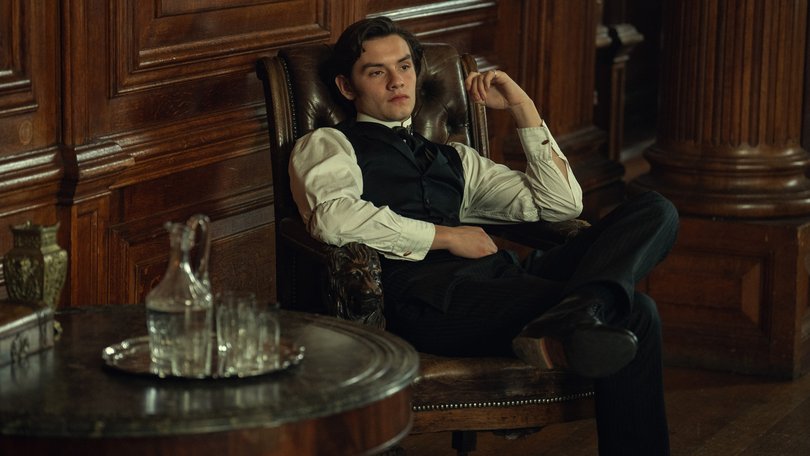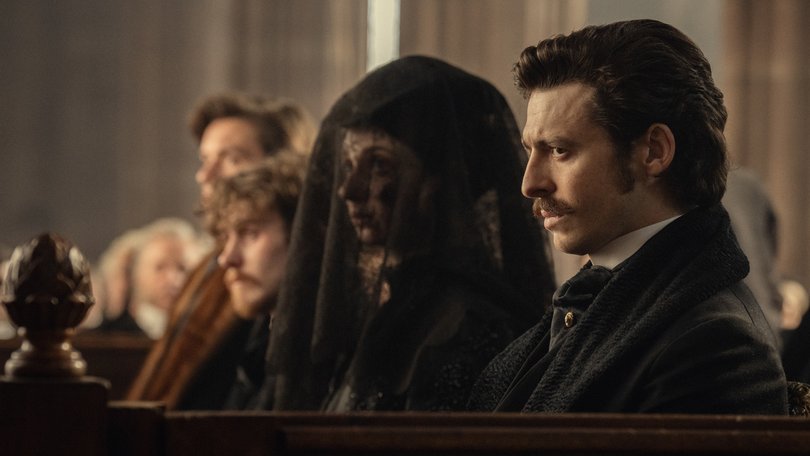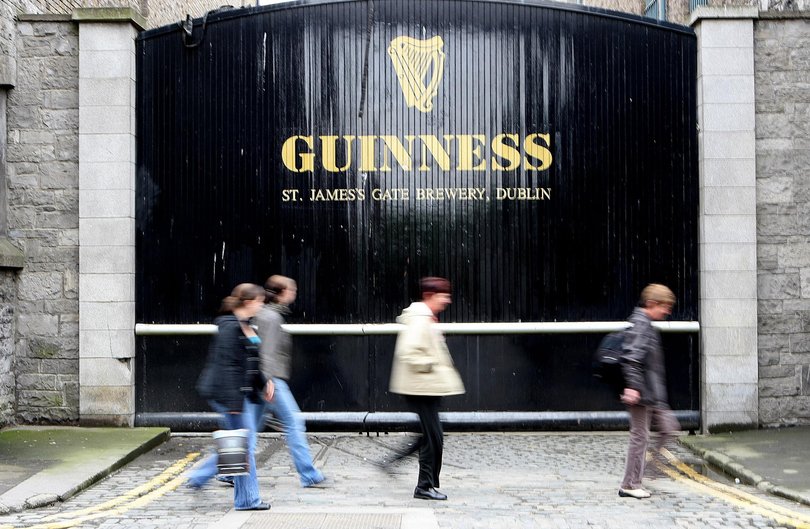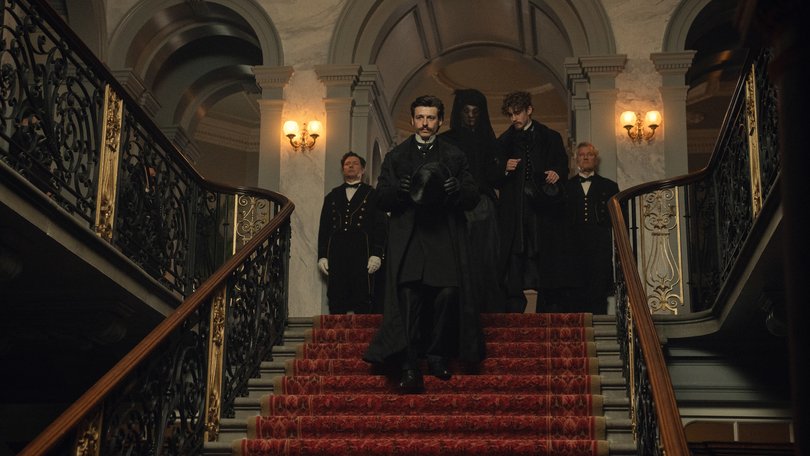House of Guinness on Netflix: The history behind real-life brewing dynasty

When Arthur Guinness found the brewery at St James’s Gate in Dublin in 1759, it took over a site that had sat abandoned for nine years.
The parcel was four acres, already had a brewhouse, two malt houses, stables and a gristmill. Arthur Guinness leased it from the Rainsford family, signing a contract to pay £45 (about $30,000 in today’s terms) annually for 9000 years.
That lease hasn’t been in effect for many, many years after the company bought the property outright and expanded it to the 50 acres on which it stands today. Traipsing around Dublin, you can’t miss the imposing Guinness gate if you’re in the area.
Sign up to The Nightly's newsletters.
Get the first look at the digital newspaper, curated daily stories and breaking headlines delivered to your inbox.
By continuing you agree to our Terms and Privacy Policy.The Guinness family history is the subject of a new Netflix miniseries, House of Guinness, a propulsive and action-heavy show from Steven Knight, the creator of Peaky Blinders and the screenwriter of the next James Bond movie.
In 1868, Benjamin Lee Guinness, the grandson of founder Arthur, died with assets worth over £1 million, the equivalent of $200 million today. The show tracks the dramatic events after his death, and the battle for control and influence over the growing brewing empire among his four children.
It’s Succession with stout - and violence against the backdrop of rising tension between Irish Republicans and Unionists loyal to the British crown.

House of Guinness came from an idea dreamt up by Ivana Lowell, a descendent of the Guinness clan, and is upfront that it is a fictionalised version based on the broad strokes of history. The people existed, the company still does, but you have to take the show for what it is, a piece of riotous entertainment.
But the Guinnesses were, and are, very real, and the story of what turned into a globally recognised brand actually started 100 years before the Netflix show does.
The romantic version of the Guinness origins casts them as the descendants of the Magennis of Iveagh, but in 2007, Patrick Guinness, one of the heirs, debunked that theory when DNA testing revealed them to be related to the Macartans, also of County Down, but not-so-noble.
The first Arthur Guinness was born in 1725, the first of five children. His mother died when he was 18 and his father remarried a widow who ran her late husband’s pub, the White Hart Inn. It’s generally accepted that this is where Arthur learnt to brew.
His first brewery purchase was in 1755, funded by £100 he inherited from his godfather, a vicar. When he moved to Dublin, he left that first brewery for his brother to run.
Once set up at the St James’s Gate site, Arthur began to brew ale, and didn’t start with the now famous stout until the 1770s. He was already exporting ale to England but found the thirst for his stout was strong, and stopped ale production by 1799.

By the time of Arthur’s death in 1803, Guinness was already the sole stout supplier to the government at Dublin Castle, and the brewery was producing 20,000 barrels a year.
The business went to his son, Arthur II, who turned furthered Guinness’s export business to far-flung places including Barbados, Lisbon, Sierra Leone and New York City. His third son, Benjamin Lee, started in the family firm in his teens and took over from his father in 1839.
When his father died in 1855, the brewery was producing 78,000 hogshead barrels of stout, within 10 years, that number almost tripled to over 200,000.
He was active in the city’s political and became the Mayor of Dublin, and restored St Patrick’s Cathedral at a personal cost of £150,000. It was a protestant cathedral which had, through various points in history, belonged to the Catholics.
In the mid-19th century, the upper echelons of Irish society were dominated by pro-England protestants, and the Guinnesses were among the most prominent supporters of the crown, and held titles bequeathed by the British royals.
Benjamin Lee’s death in 1868 is when Knight’s Netflix series starts, notably with the will reading that bonded his oldest son, Arthur, to his youngest, Edward. Arthur had been living in England and had no desire to run the brewery and wanted to pursue his political aspirations, according to the show.

Because it’s TV, there are layers and layers of drama, and some firebombing for good fun. History can be just as dramatic. Arthur was elected to the UK Parliament as the representative for the City of Dublin but only sat for one year after a scandal that saw his agents accused of illegal acts including paying voters £5 for their ballot in favour of his candidacy.
His election was declared void, but he was re-elected in 1874 and sat in Benjamin Disraeli’s government. Arthur was able to sell his share of the brewery to his brother Edward for £600,000, a very princely sum.
But, at least when it came to money, Edward came out the real winner. In 1886, he become the richest man in Ireland when he floated two-thirds of Guinness on the London Stock Exchange. He instantly became a multi-millionaire, and still retained the other third.
Edward became the company’s first chairman and a member of the family held that position for a century until 1986. A decade later, Guinness merged with another business to form Diageo. Today, according to Guinness, 1.8 billion pints of its stout are sold every year.
The curious thing is, the brewing Guinnesses aren’t even the only prominent members of the clan. There are two other lines who gained high profiles in banking and in religion.
Maybe someone else will come along and make a TV show about them.

